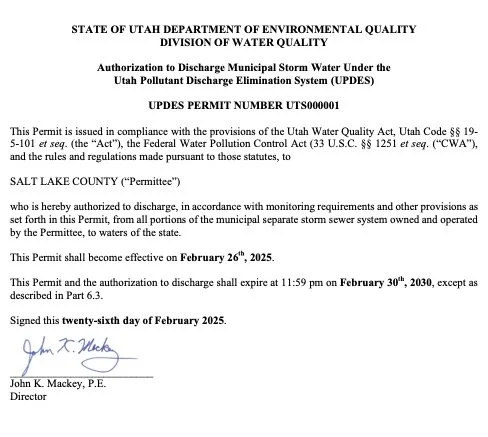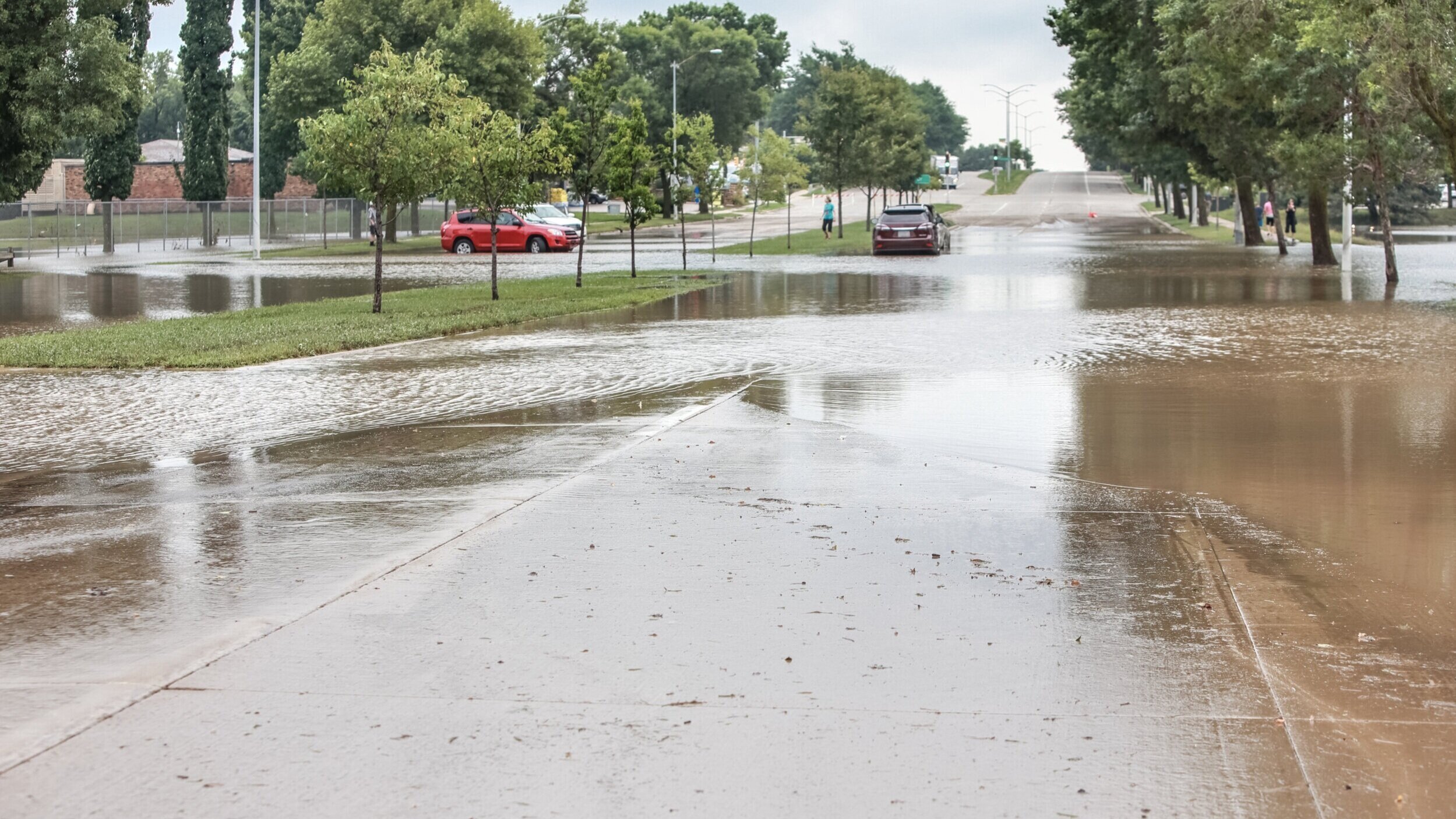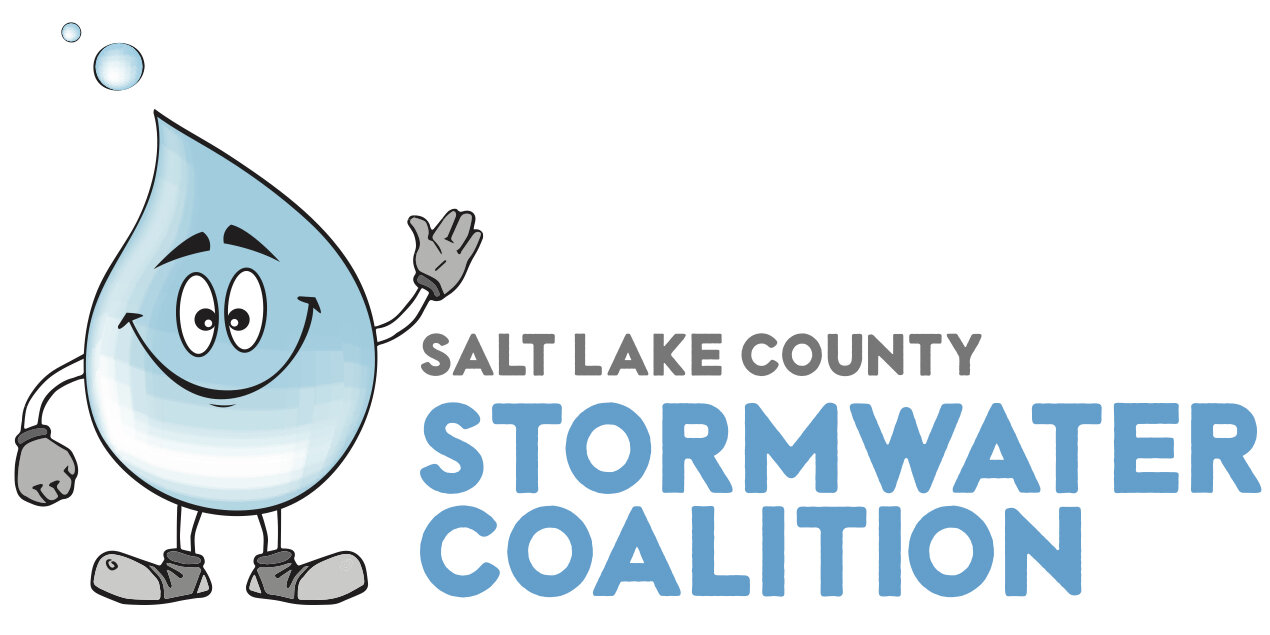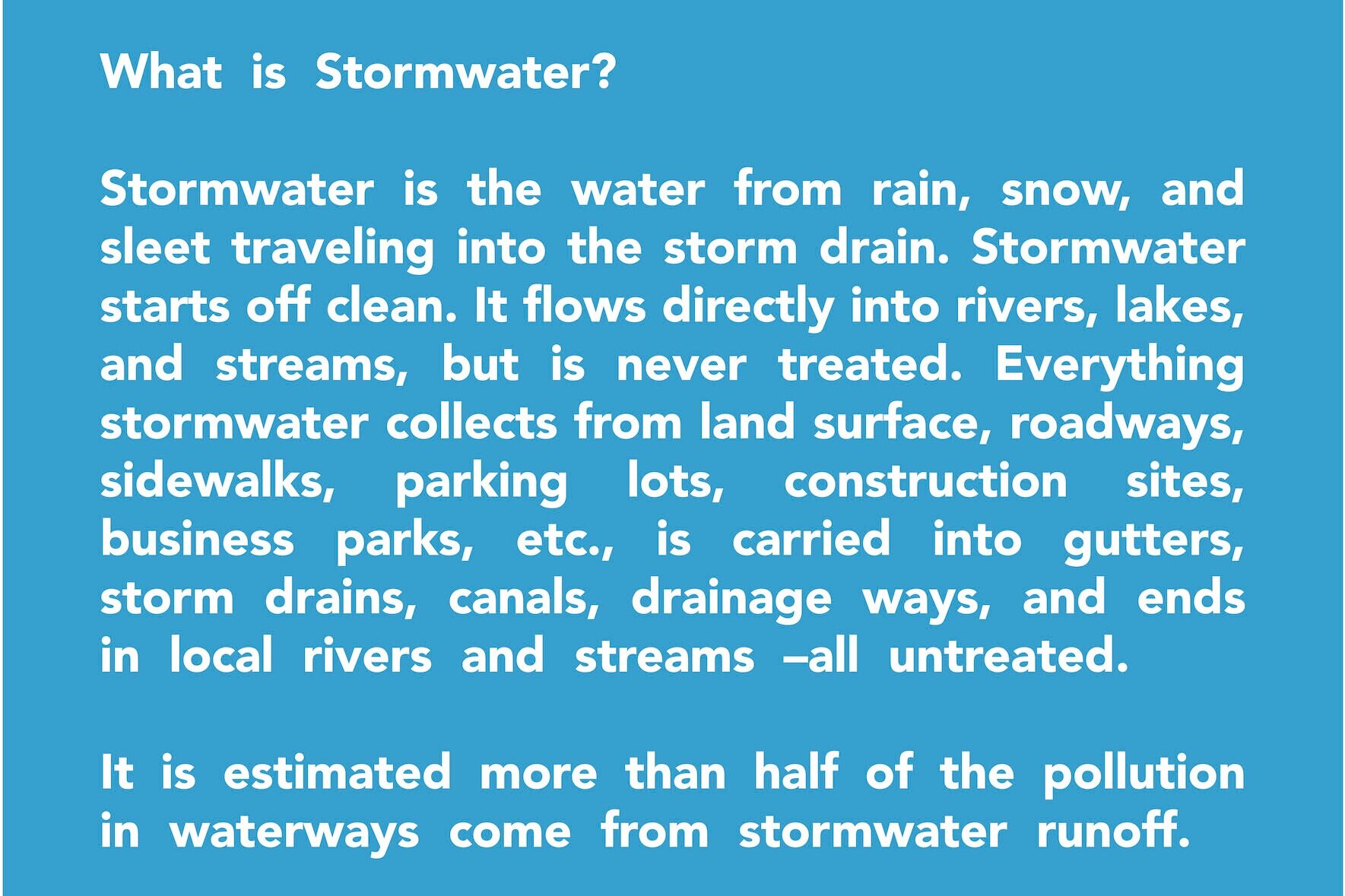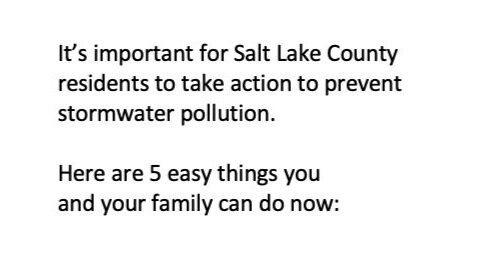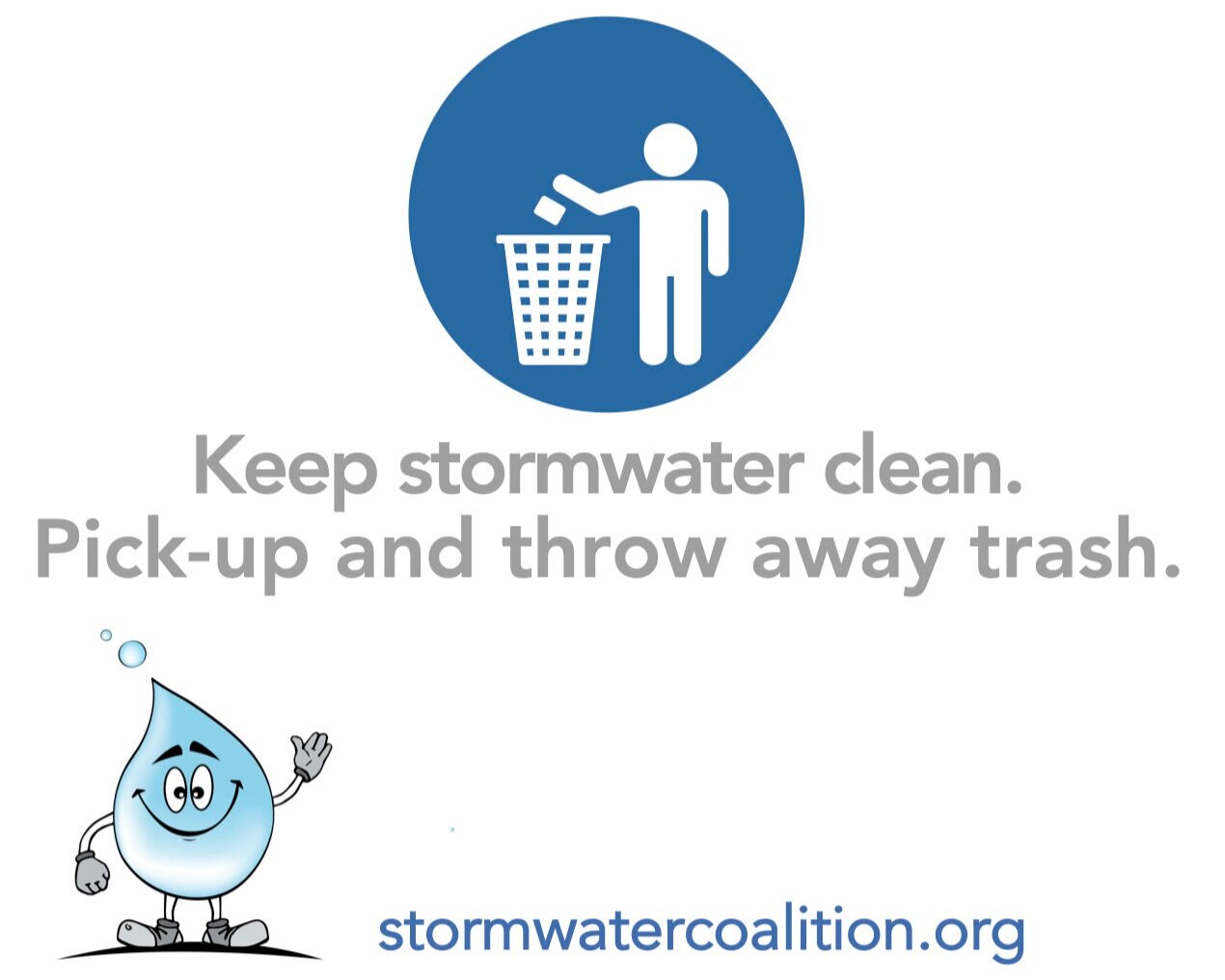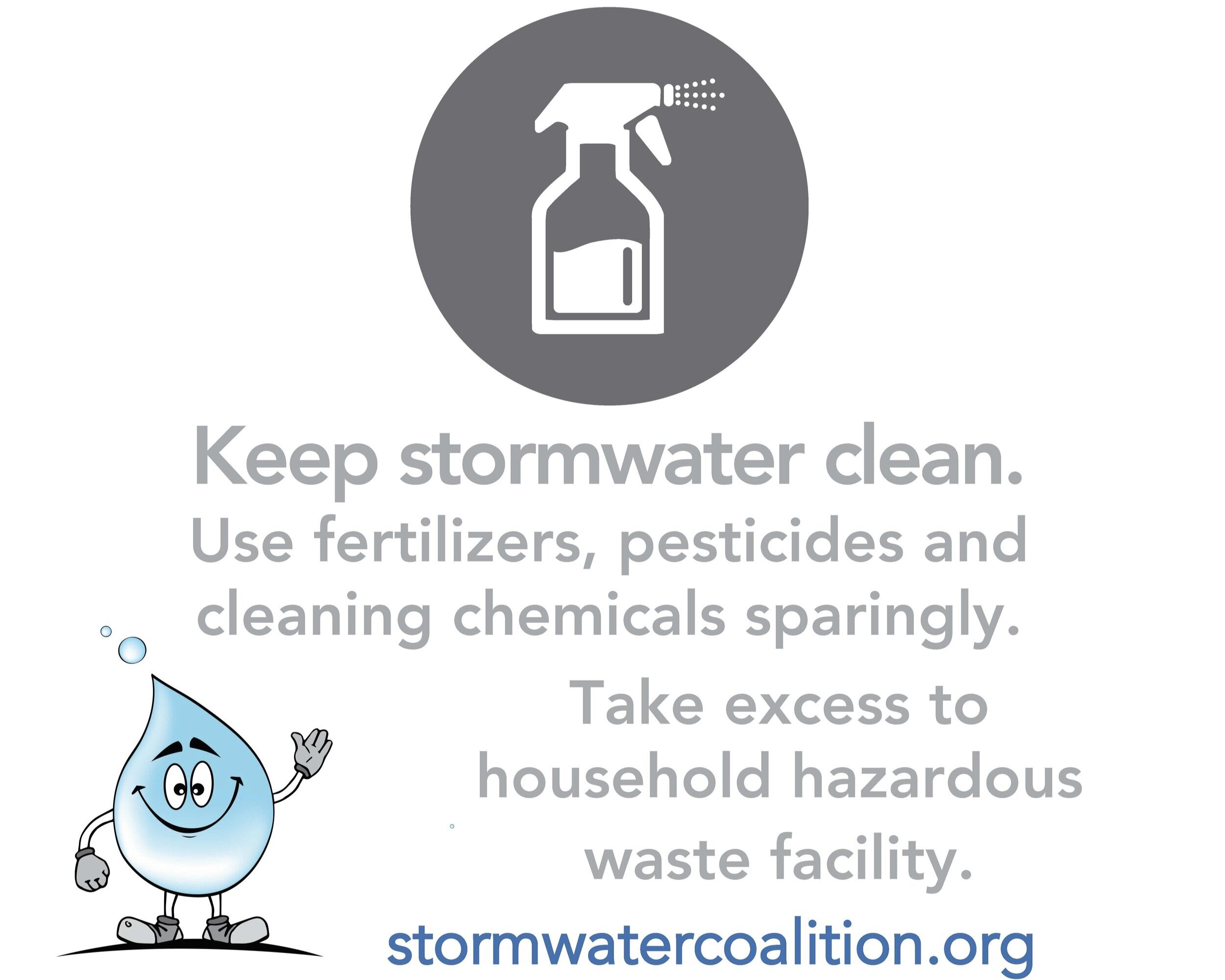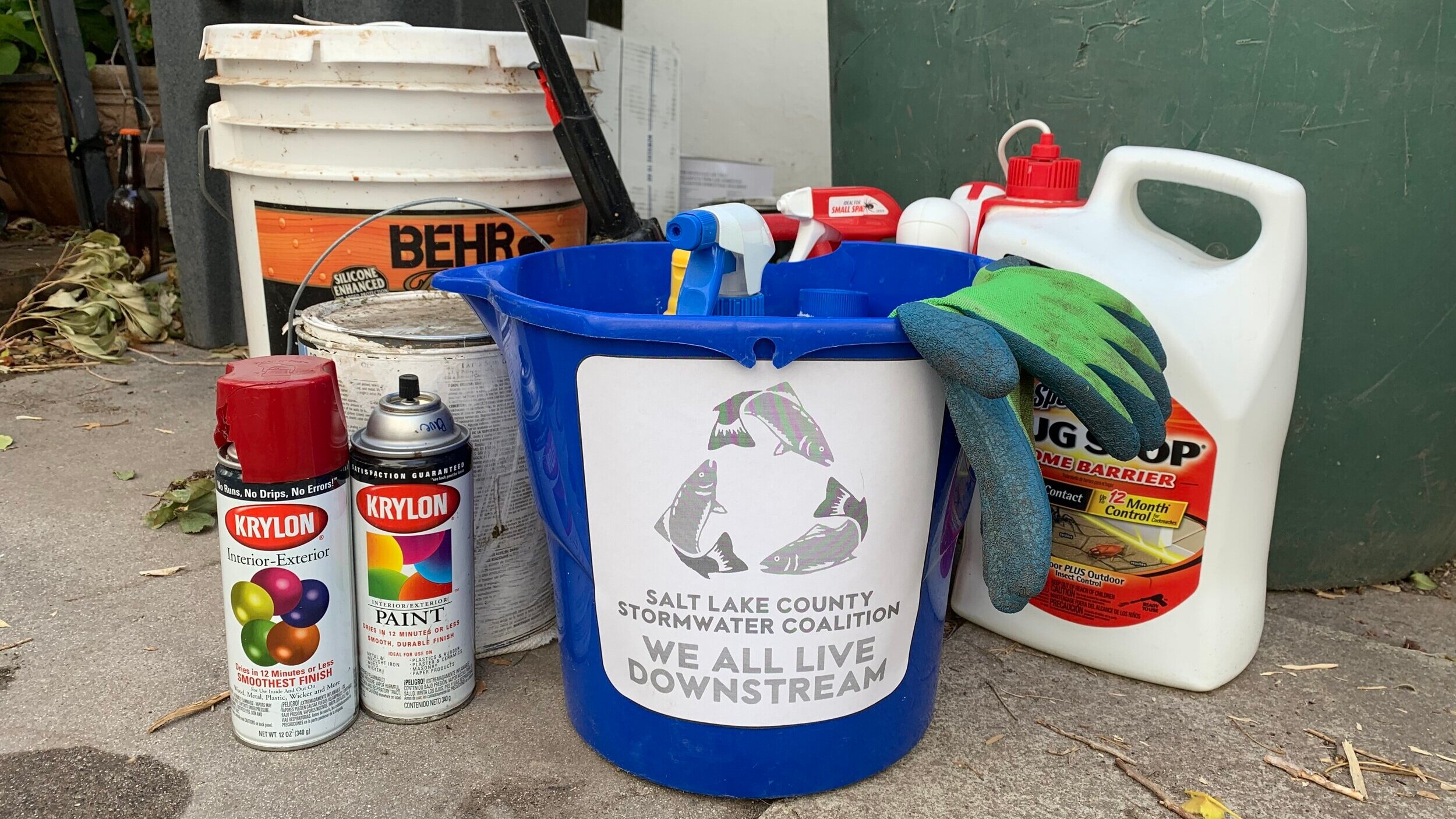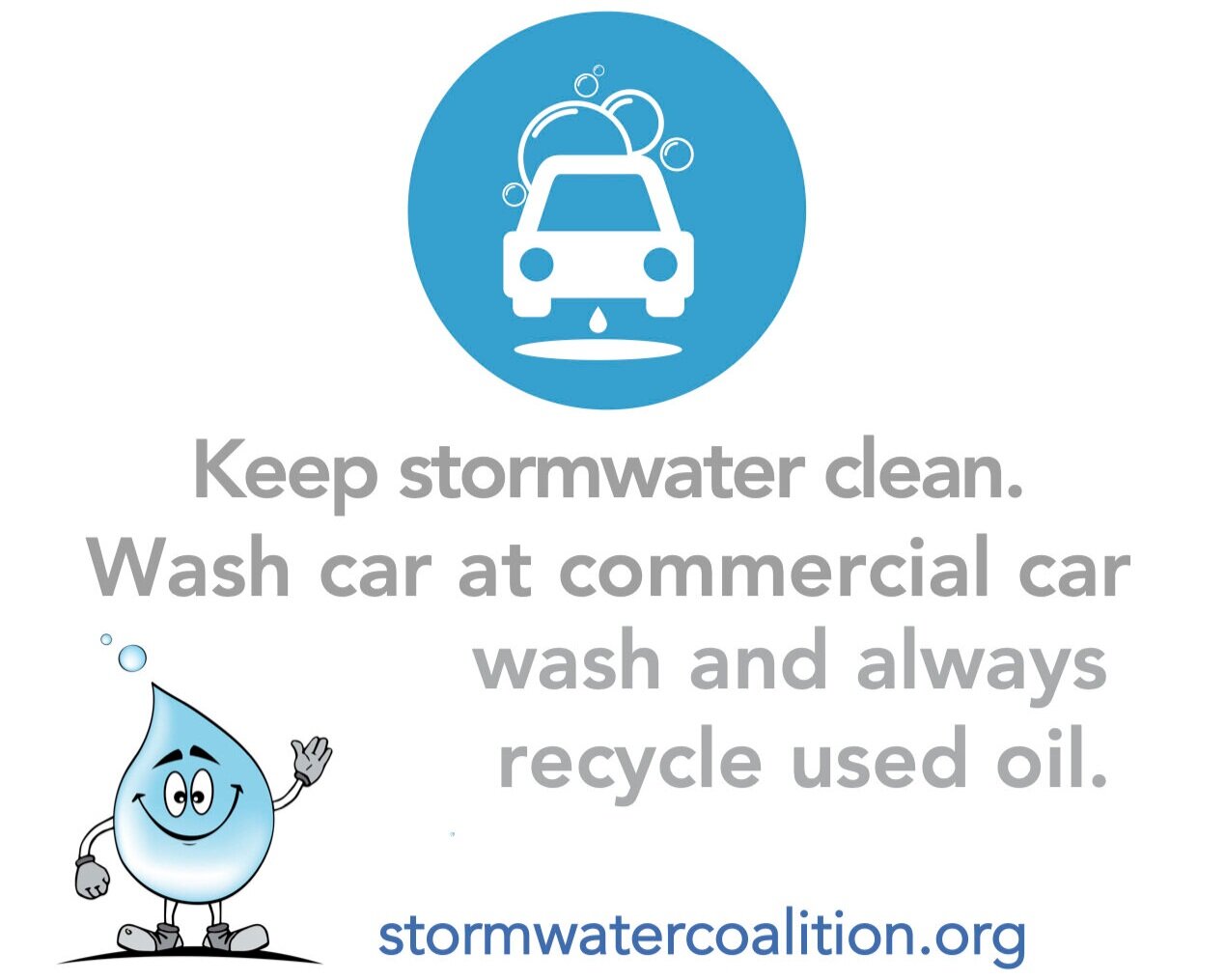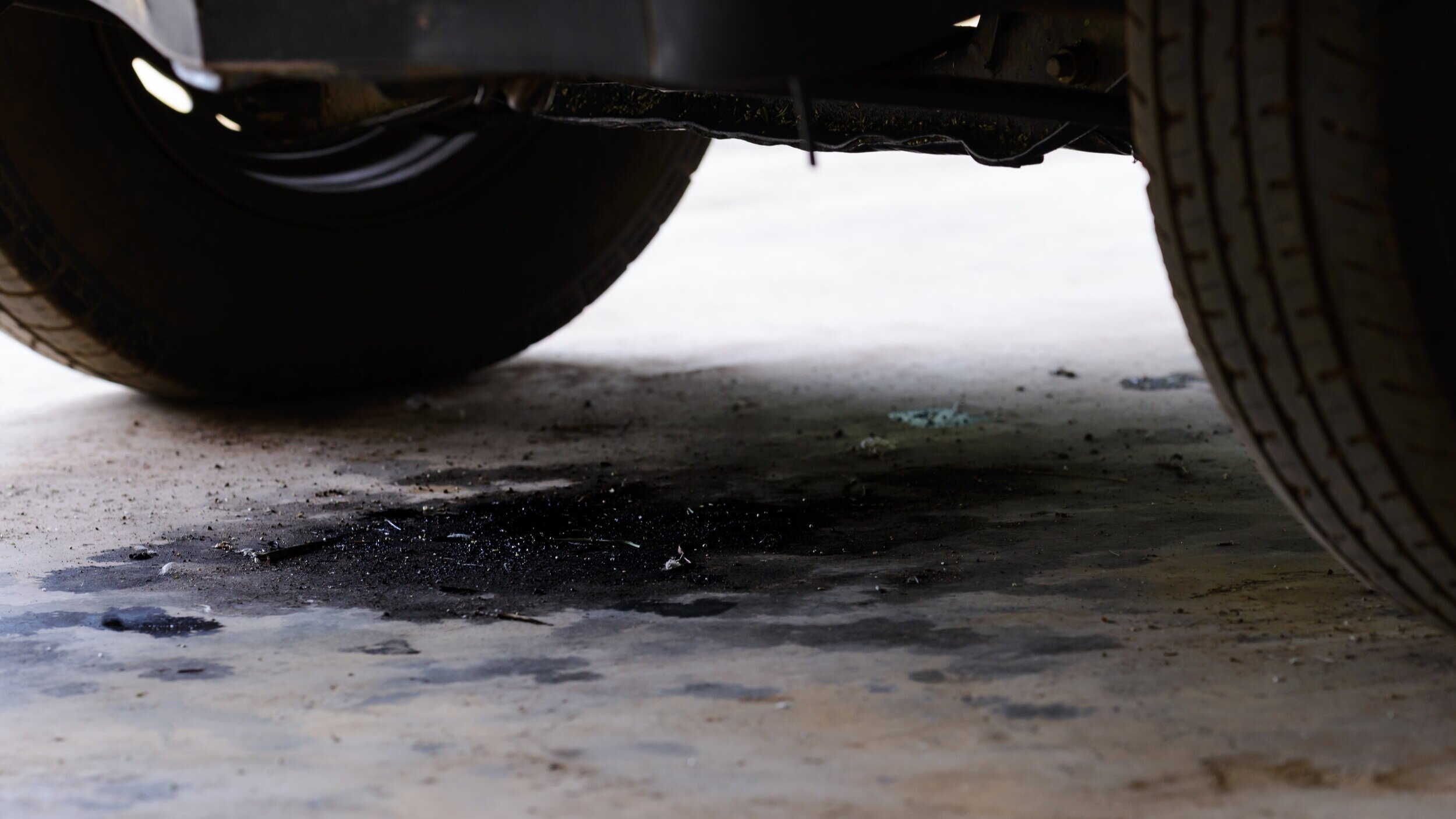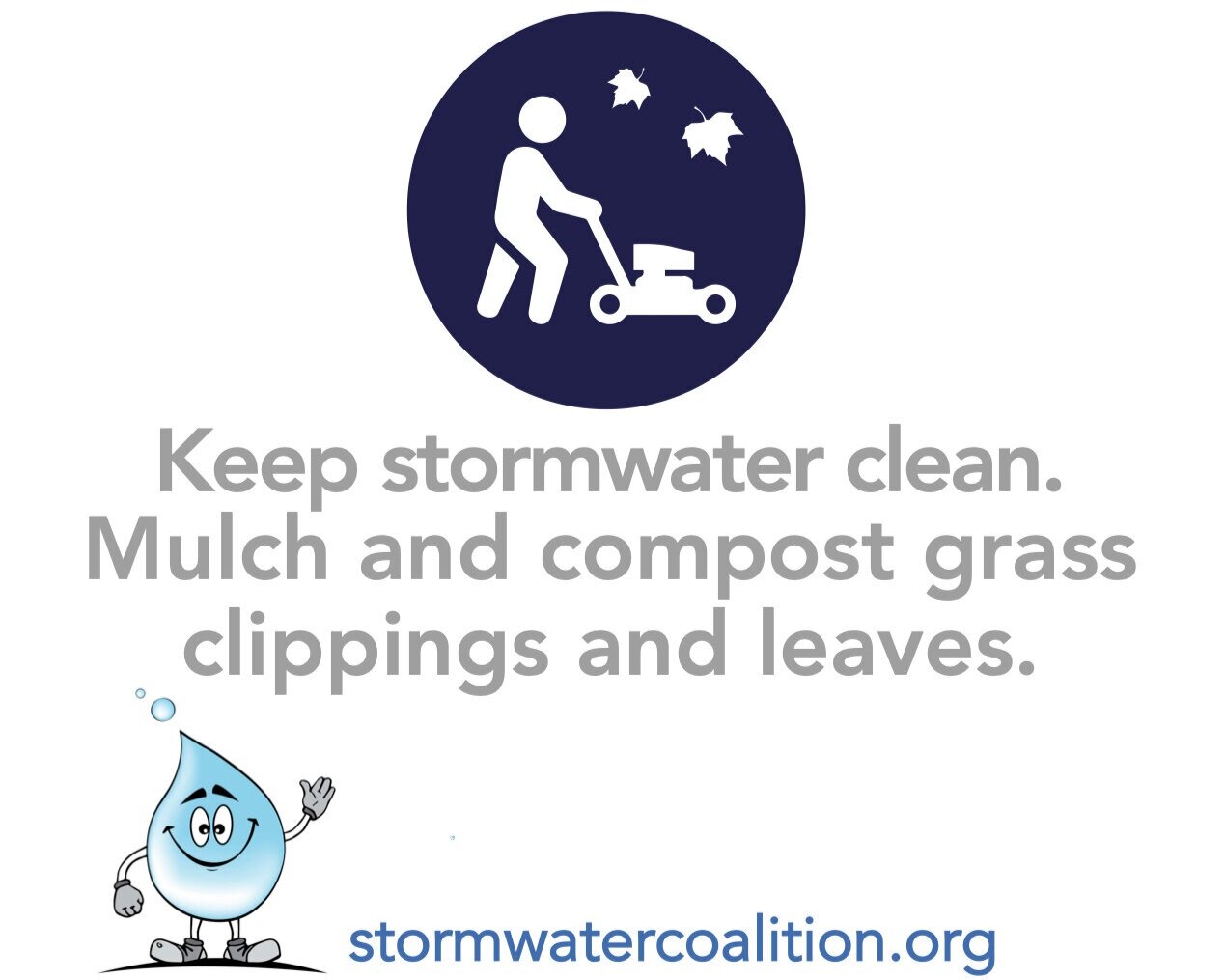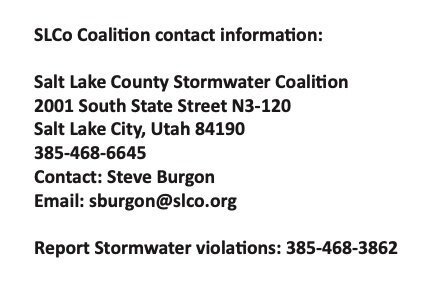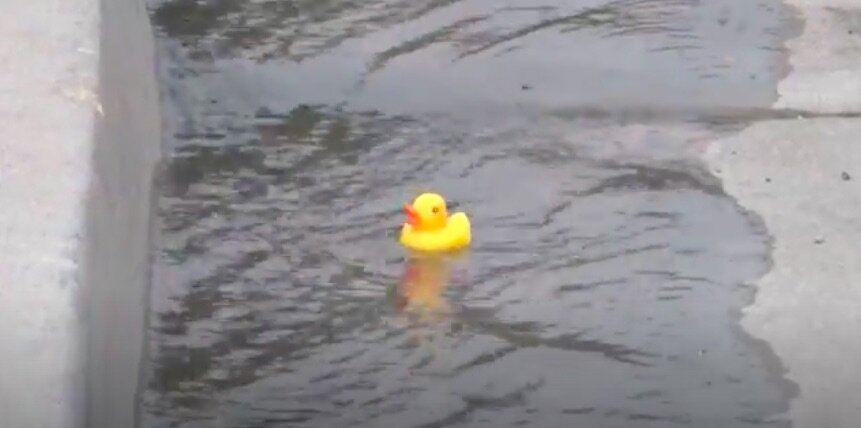E. Coli and the Jordan River Watershed
Prevalence of E.Coli in the Jordan River -- Based on high concentrations of E.coli present in the Jordan River Watershed, the Utah Department of Environmental Quality Division of Water Quality has completed a Jordan River E.coli Total Maximum Daily Load (TMDL) analysis to determine the amount of E.coli that can be present in any given segment of the Jordan River while still supporting its beneficial uses and meeting state water quality standards. Once the locations and magnitude of exceedances, as well as all potential sources were identified, controls were implemented to reduce pollutant loading until the Jordan River is brought back into compliance with water quality standards. A TMDL permit modification was approved, with a focus on the 14 impaired assessment units within the Jordan River watershed that do not support the drinking water (1C) and infrequent primary contact recreation (2B) beneficial uses for water quality standards due to exceedances in E. coli.
The Jordan River Watershed-wide E. coli TMDL uses a concentration-based approach, with allowable levels of bacteria set as a concentration expressed in bacteria counts/100 ml of water, with a goal that all discharges to surface waters (point and nonpoint source) meet the water quality criteria so standards are met throughout the river. E.coli is the US EPA recommended indicator for fecal pollution in recreational waters. Recreational waters are considered unsuitable for public use when numbers of E. coli bacteria exceed 235 Colony Forming Units (CFU)/100 ml. The organism E. coli is used to detect fecal pollution because it occurs in high numbers in the gastrointestinal tract of all warm-blooded animals and is easily detected using microbiological techniques.
According to the Center for Disease Control (CDC), symptoms of E. coli infection often include severe stomach cramps, diarrhea (often bloody), and vomiting. Some people may have a fever, and most people get better within 5 to 7 days. Most people with an E.coli infection start feeling sick 3 to 4 days after exposure, and infections are commonly very mild, but others are severe or even life-threatening.
About 5 to 10% of people who are diagnosed with E.coli infection develop a potentially life-threatening complication known as Hemolytic Uremic Syndrome (HUS) about 7 days after symptoms first appear. Symptoms of HUS include decreased frequency of urination, feeling very tired, and losing pink color in cheeks and inside the lower eyelids, decreased kidney function and possible kidney failure. Most people with HUS recover within a few weeks, but some suffer permanent damage or die.
The documents and presentation below provide more detail on the Jordan River Watershed E.coli TMDL. Visit the SLCo Stormwater Coalition E. coli webpage to learn more about E. coli and what Salt Lake County residents can do to help.
Video: Everyone Can Prevent Stormwater Pollution. Droplet is back, along with his friends Anne and Henry to teach students and adults about how stormwater can be polluted as it moves through a watershed. They also show you what you can do to prevent pollution. Salt Lake County Stormwater Coalition members believe that "We All Live Downstream" meaning that we each have the opportunity to participate in keeping the water that goes down the storm drain free from grass clippings, fertilizers, trash, pet waste, and other foreign objects. Only rain should go down the storm drain.
Municipal Separate Storm Sewer System (MS4s) Individual and Small Permits:
Effective February 26, 2025, the State of Utah Department of Environmental Quality, Division of Water Quality has approved individual and small Municipal Separate Storm Sewer Systems (MS4s) detailing conditions for authorization and notice of intent requirements for stormwater discharges into Utah waterways in compliance with the provisions of the Utah Water Quality Act and the Federal Water Pollution Control Act. Salt Lake County is covered under the Jordan Valley Municipalities Permit with many co-permittees. Small MS4 General permittees include: any Small MS4 Operator in Utah not covered under the other permits.
Salt Lake County Stormwater Coalition Year In Review
The 2024 Salt Lake County Annual Stormwater Coalition Public Information and Education Report provides information on the work of the Stormwater Coalition, as well as documenting the coalition’s compliance in delivering effective outreach and public involvement efforts.
Each of the municipalities and other entities participating in the coalition contributes to the effort to increase water quality education and regulation. Learn more in the 2024 Annual Report.
What is the Salt Lake County Stormwater Coalition?
To prevent water pollution and support compliance of the Clean Water Act, the Salt Lake County Stormwater Coalition gathers local, county, state and municipal practitioners and experts in stormwater management and water quality to provide education and information regarding actionable practices to students and educators, residents, homeowners, businesses, municipal leaders, land use decision makers, contractors, developers, and businesses. Their efforts address stormwater pollution prevention, the importance of water quality and prevention efforts. The Salt Lake County Stormwater Coalition consists of representatives from each participating municipality, scientists, directors, and engineers that lead coordinated permit regulations and compliance. These initiatives support the Utah Water Quality Standards and the United States Environmental Protection Agency Clean Water Act.





